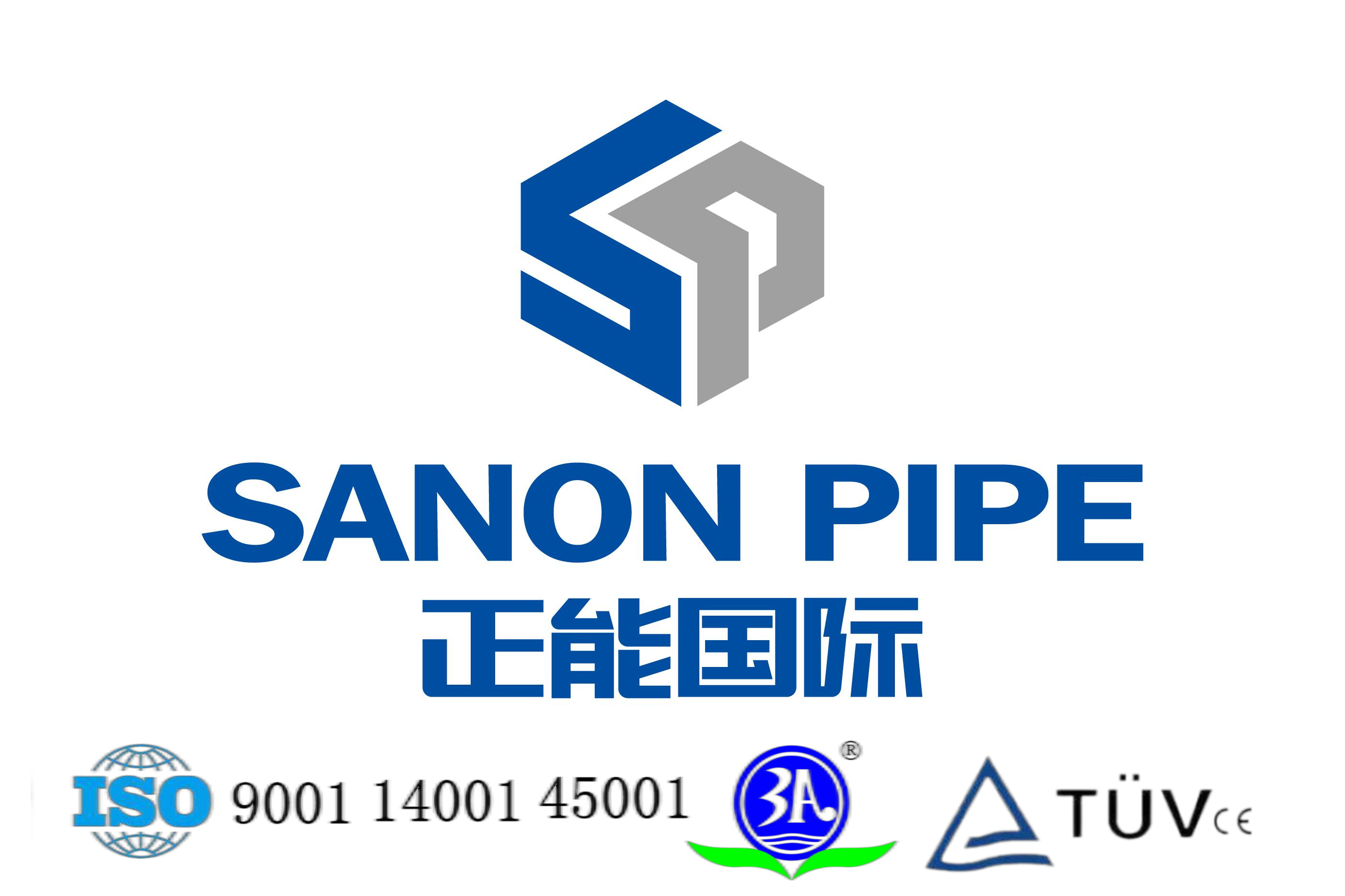Differences between standards and positioning
GB/T 9948: It is applicable to seamless steel pipes in medium and high-temperature (≤500℃) scenarios such as petroleum cracking and chemical equipment, and belongs to the special pipe standard.
GB/T 5310: Specifically designed for high-pressure boilers (steam parameters ≥9.8MPa), it emphasizes long-term safety under high temperature and high pressure and is the core standard for boiler tubes.
Key differences in material and performance
Chemical composition
Compared with 20 steel, 20G steel has stricter control over impurities (such as P≤0.025%, S≤0.015%), and requires the total amount of residual elements (Cu, Cr, Ni, etc.) to be ≤0.70% to ensure high-temperature stability.
Mechanical properties
The room-temperature tensile strength of 20G (410-550MPa) seems to overlap with that of 20 steel (≥410MPa), but 20G needs to additionally ensure the high-temperature endurance strength at 450℃ (≥110MPa), which is the core requirement for boiler tubes.
Microstructure
20G needs to be inspected for the spheroidization grade of pearlite (≤ grade 4) to prevent microstructure deterioration after long-term high-temperature service, while 20G steel has no such requirement.
Manufacturing process differences
Heat treatment
20G must undergo normalizing treatment (Ac3+30℃) to ensure a grain size of grade 5-8. 20 steel can be annealed or normalized, and the process control is relatively loose.
Non-destructive testing
20G requires individual ultrasonic flaw detection and eddy current testing for each piece, while 20G steel usually only needs sampling inspection.
Comparison of application scenarios
20G: Power station boilers (water-cooled walls, superheaters), chemical high-pressure reactors (scenarios with design temperatures > 350℃)
20 steel: Tube bundles for heating furnaces in refineries, pipelines for atmospheric and vacuum distillation units (temperature usually < 350℃)
Certification Requirements
20G steel pipes need to obtain the Special Equipment Manufacturing License (TS certification), and each batch must provide a high-temperature performance test report. 20 steel only requires a regular quality guarantee certificate.
Selection suggestions:
When it comes to ASME or PED certification projects, 20G can correspond to SA-106B/ASTM A192, while 20 steel has no direct correspondence to American standard materials.
For working conditions above 540℃, alloy steels such as 12Cr1MoVG should be considered. The upper limit of the applicable temperature for 20G is 480℃ (the critical point of graphitization of carbon steel).
Post time: May-23-2025





